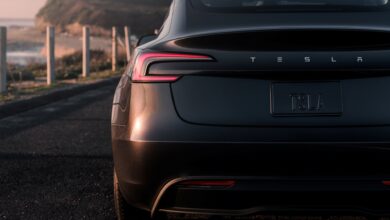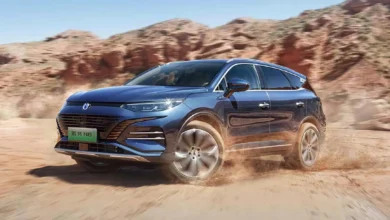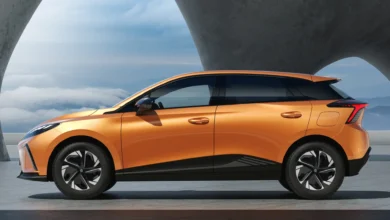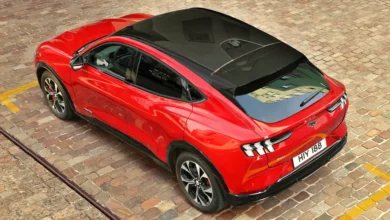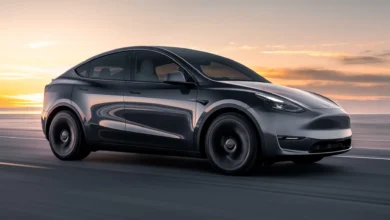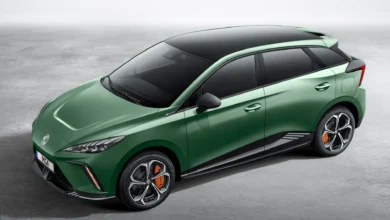
All cars lose range in winter, but in electric cars, this aspect is especially critical. A report reveals which are the ones that lose the most range when the temperature drops.
Regardless of the power source that moves them, all cars lower their efficiency in adverse weather conditions. In electric cars, this aspect is especially critical in winter, since their range with a full charge is significantly reduced depending on how low the outside temperature is.
It is difficult to know how much the range of each electric car in particular decreases, but thanks to a Recurrent report we have learned what percentage of battery electric cars for sale in the United States lose on average. There are fewer models on offer there than in our market, but almost all of them are also sold here, so the conclusions can be extended to European electric cars.
In its report, Recurrent has distinguished between the maximum and minimum range in real use that can be achieved in summer and winter, respectively. In the case of the winter season, the consultant has taken into account the figures that are achieved when the temperature drops to between -6 and -1º, while for the maximum it has taken into account the figures up to a temperature of 21º.
The company has analyzed a total of 7,000 different cars to find out that, on average, some can lose 32% of their range, which means that if an electric car achieves 350 kilometers of range in real use, in practice the range of total use can go as low as 227 kilometers, although fortunately, it is not the case that occurs more often. The model that is less efficient when temperatures drop is not for sale in Europe. The Chevrolet Volt loses up to 32% of its range in low-temperature circumstances.
Among the models that are marketed in Europe, the best data is achieved by the Audi e-Tron, which shows a loss of only 8% in winter. This model has been precisely one of the most successful in the Nordic markets, the coldest in Europe.
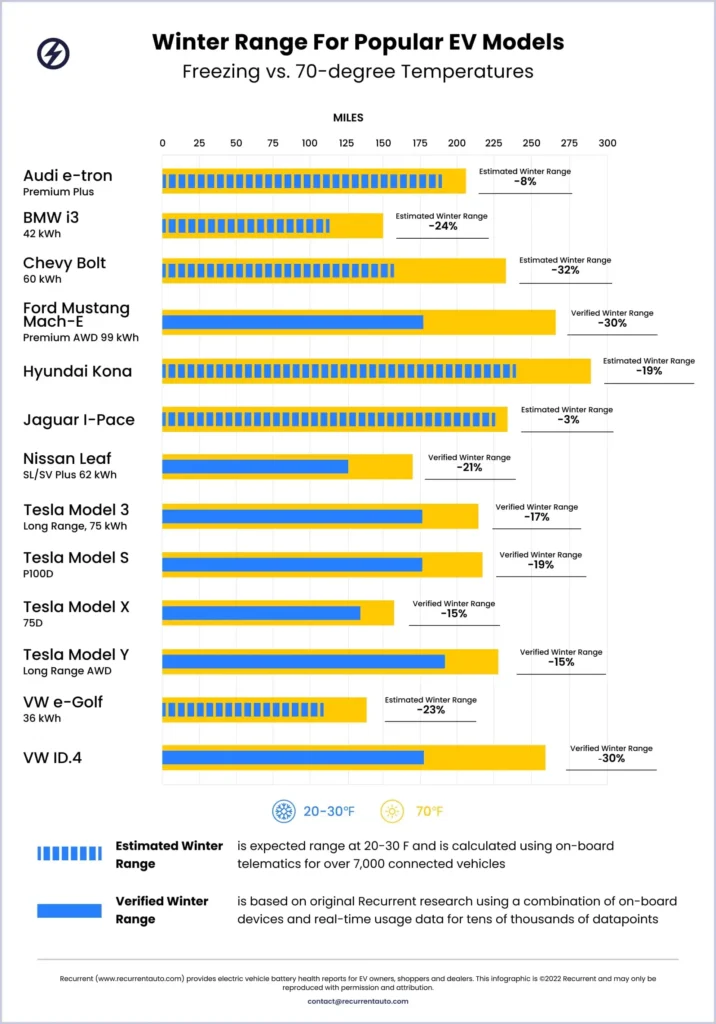
On the other side of the scale are the Volkswagen ID.4 and Ford Mustang Mach-E, something that disappoints to some extent as it is a state-of-the-art electric car. The ID.4 loses up to 32% of its effectiveness to achieve just over 280 kilometers when the temperature drops to negative records. The same percentage of range loses the Mustang Mach-E with a 99 kWh battery, which drops to the same range of use as the German model.
Another model of special interest that appears in the Recurrent report is the Tesla Model 3 Long Range, the same version that we have been able to test ourselves on a trip of more than 1,000 kilometers in winter. The American model, like the other Tesla that appears on the list, shows a loss of range in winter that is on average, 17%.
Why does an electric car lose range in winter?
As Recurrent points out, the loss of range in winter in electric cars occurs for various reasons but broadly speaking two main factors contribute to this difference, and they occur in the chemical and mechanical sections.

A battery is made up of cells, small batteries in which chemical reactions occur when charged and discharged. These reactions are much slower at low temperatures, which reduces the power of the electrical system of the car in question significantly.
To this, we must add that, in many cases, electric cars have to produce their heat. The thermal engines that move traditional cars do not take advantage of all the heat they generate, so compared to an electric one they are extremely inefficient, since all the energy that they do not use to move forward becomes “waste heat”, heat that is lost, which is nothing more than wasted energy.
When it’s cold, however, cars with internal combustion engines can divert waste heat from the engine to heat the cabin, something an electric car cannot do, as in this case, the available heat from the engine is diverted to heat the battery itself through heat pumps (if the model is equipped), so to heat the passenger compartment you need to use separate energy.
